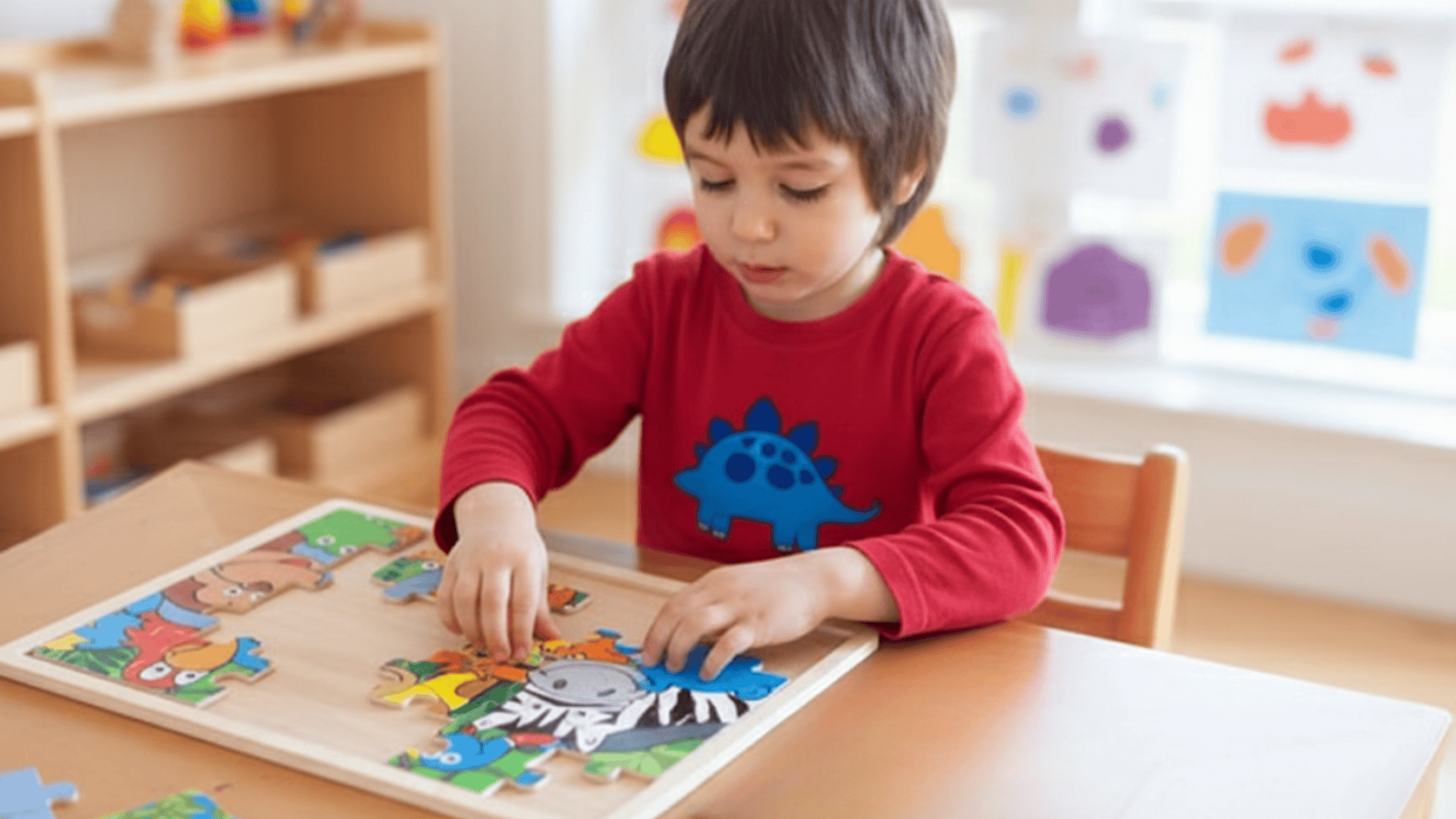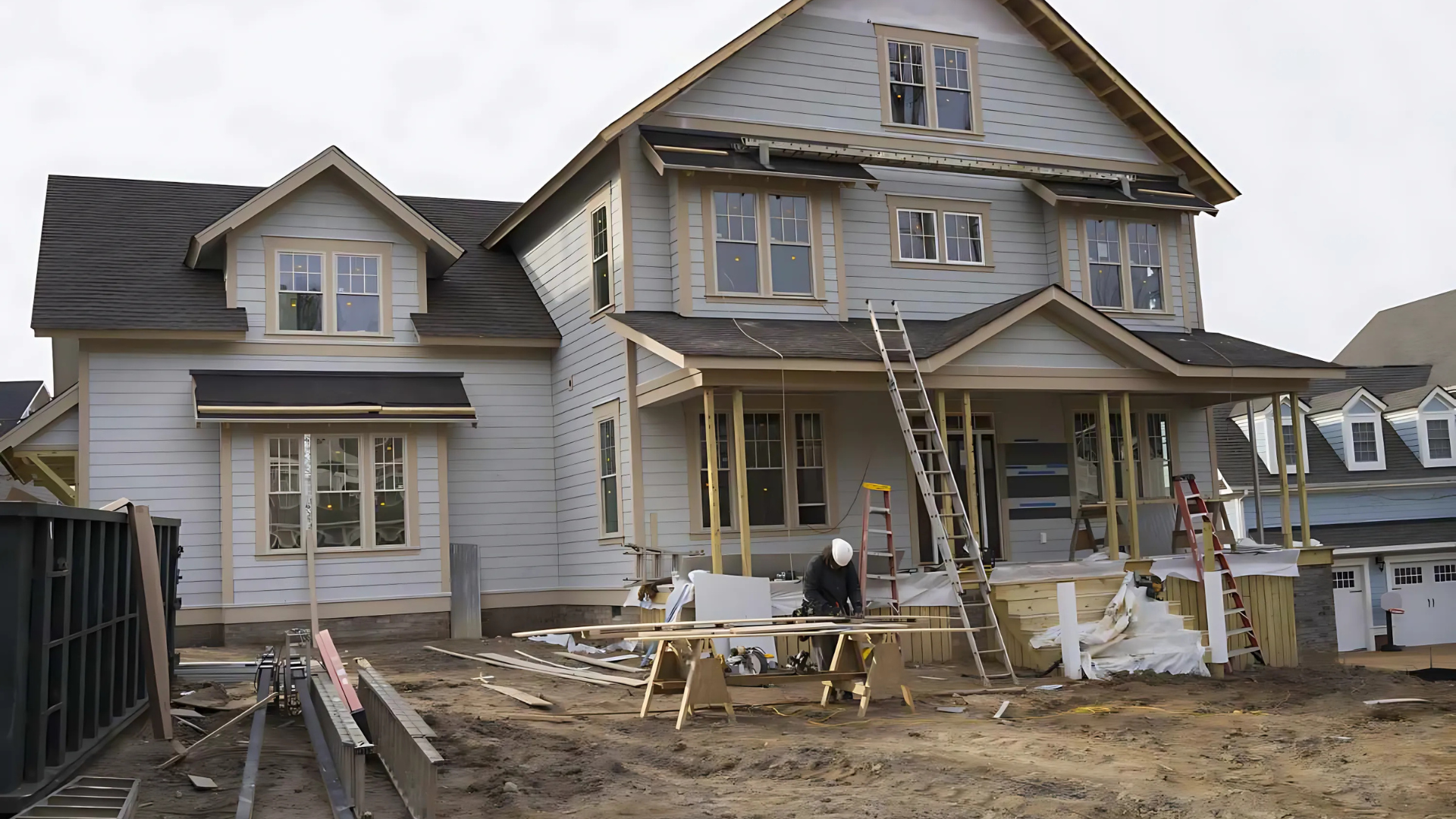If you’ve ever watched your toddler work on a puzzle, you know it’s more than just play; it’s learning in action.
Each piece becomes a small lesson in focus, patience, and problem-solving. Puzzles encourage kids to try, adjust, and try again, which builds resilience and confidence in a fun way.
They also strengthen fine motor skills, memory, and recognition, all while keeping little ones engaged and entertained.
In this guide, I’ll walk you through the most useful types of puzzles for toddlers and even answer common questions, like at what age a child can do a 24-piece puzzle, so you’ll know exactly how puzzles support growth at every stage.
Why Puzzles are Important for Toddlers
Puzzles may look simple, but for toddlers, they’re powerful learning tools. Every time a child picks up a piece, they’re practicing focus, coordination, and patience.
These small moments of play help shape bigger skills they’ll use as they grow. That back-and-forth process builds resilience and confidence, making puzzles both fun and educational:
Key Benefits of Puzzles:
- Fine motor skills: picking up and placing pieces strengthens small hand muscles.
- Hand-eye coordination: Toddlers learn to match their visual perception with their physical movement.
- Patience: puzzles take time, teaching kids to slow down and try again.
- Problem-solving: Figuring out where each piece goes builds logical thinking.
- Memory: recalling shapes and patterns improves early recall skills.
Working on puzzles supports later learning in school. Matching shapes, sorting colors, and recognizing patterns lay the foundation for reading and math.
Kids who practice puzzles learn to focus, spot details, and think in steps: all skills they’ll need when they start writing, counting, and solving bigger problems.
Types of Puzzles for Toddlers
Toddlers can learn a lot through puzzles, but the best choice depends on their age and skill level. Here are some common types and how they help kids grow:
1. Knob Puzzles
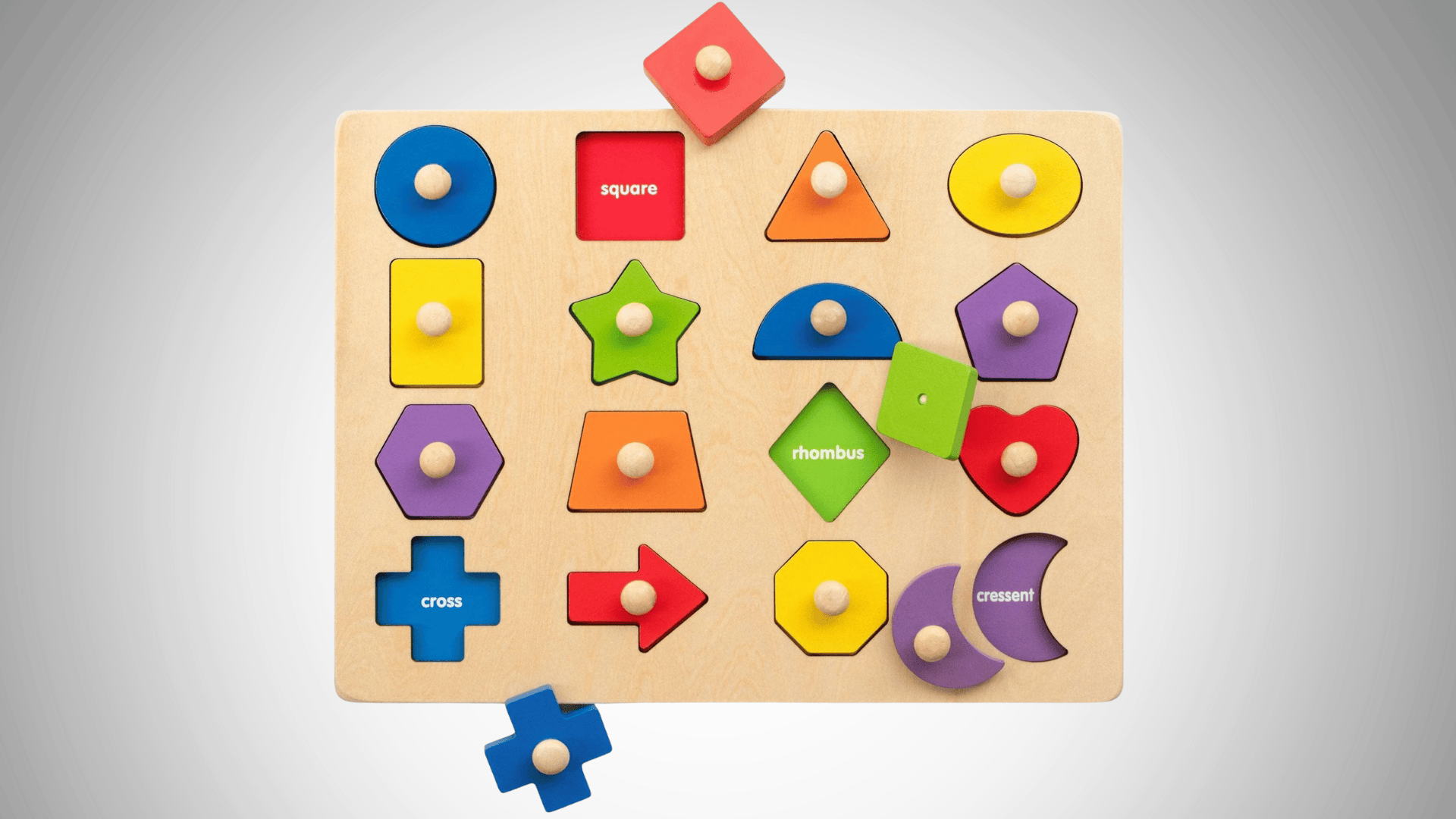
Knob puzzles are usually a child’s very first puzzle. Each piece has a small wooden knob that’s easy for little hands to grab.
They help toddlers build finger strength while learning simple shapes and pictures. Parents love them because they’re sturdy, easy to use, and give toddlers that “I did it!” moment when they complete a picture.
2. Chunky Puzzles
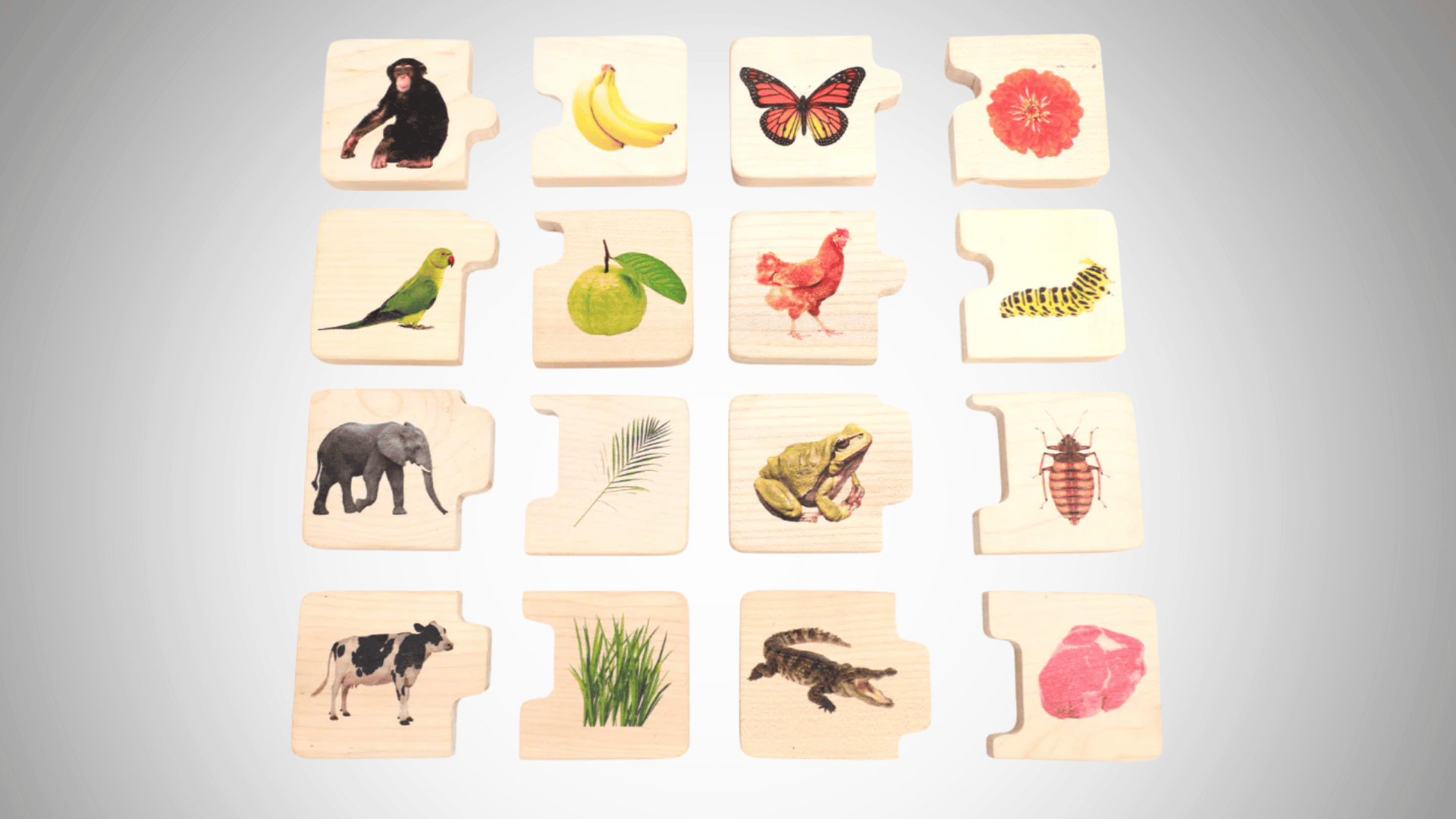
Chunky puzzles are thick and solid, making them easy for toddlers to handle. The pieces often show familiar things like animals or cars, and some can even stand up like little toys.
These puzzles are safe, durable, and simple enough that kids don’t get frustrated. They’re a nice way to start building confidence while also sneaking in some learning.
3. Shape Sorters

Shape sorters are the classic puzzles you’ve probably seen in every playroom. Toddlers match a circle, square, or star to the right cut-out. It may seem simple, but it teaches problem-solving, patience, and shape recognition.
Children also begin to notice colors and patterns while playing. Shape sorters are the kind of toy that grows with your child because they’ll use it again and again.
4. Peg Puzzles
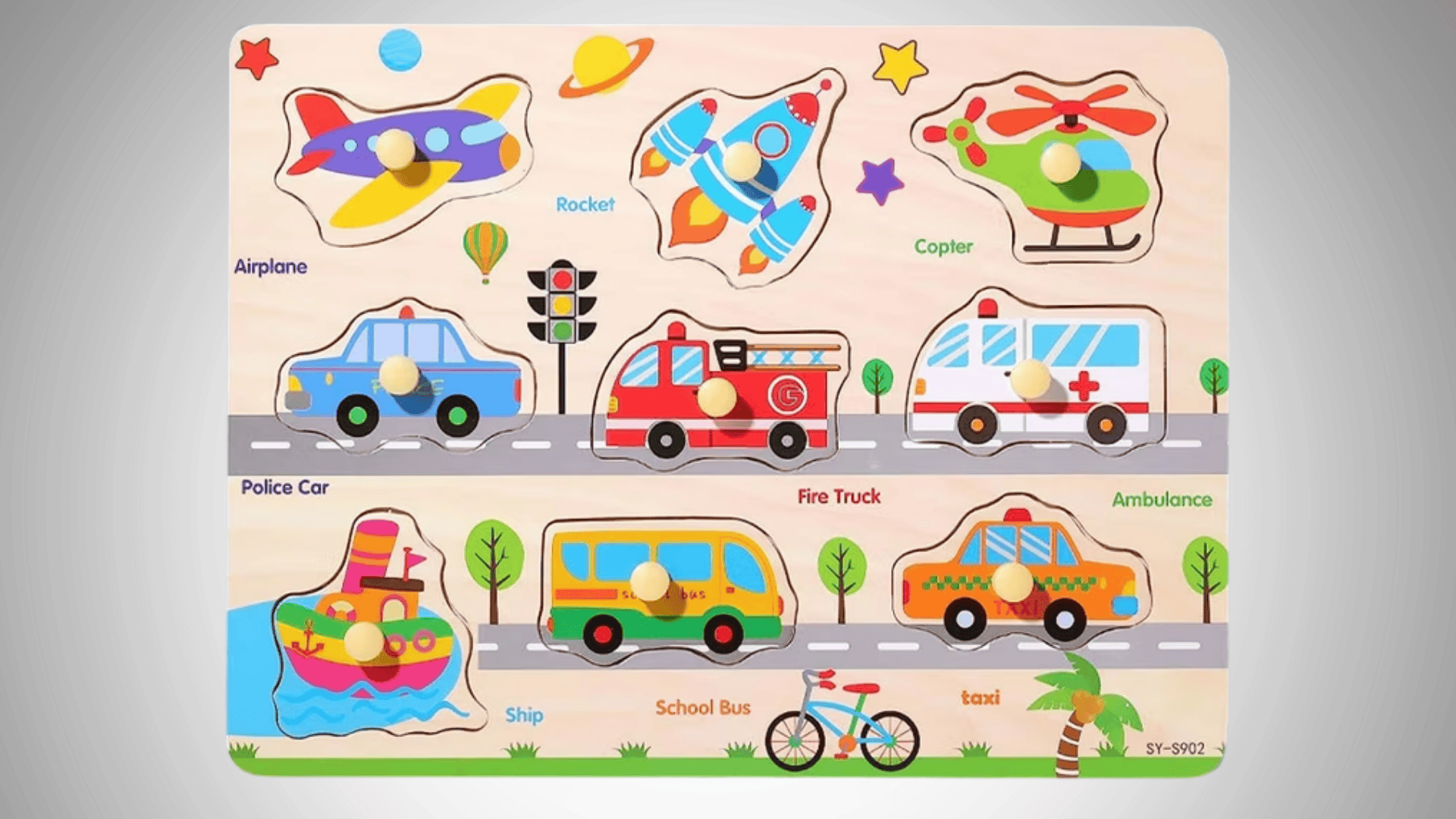
Peg puzzles have little handles or pegs on each piece, which makes them easier to pick up. They usually feature simple images like animals, numbers, or vehicles.
These puzzles are great for hand strength, but they also boost language learning because parents can name each piece during play. They’re simple but effective, and they give toddlers that mix of challenge and fun.
5. Foam Puzzles
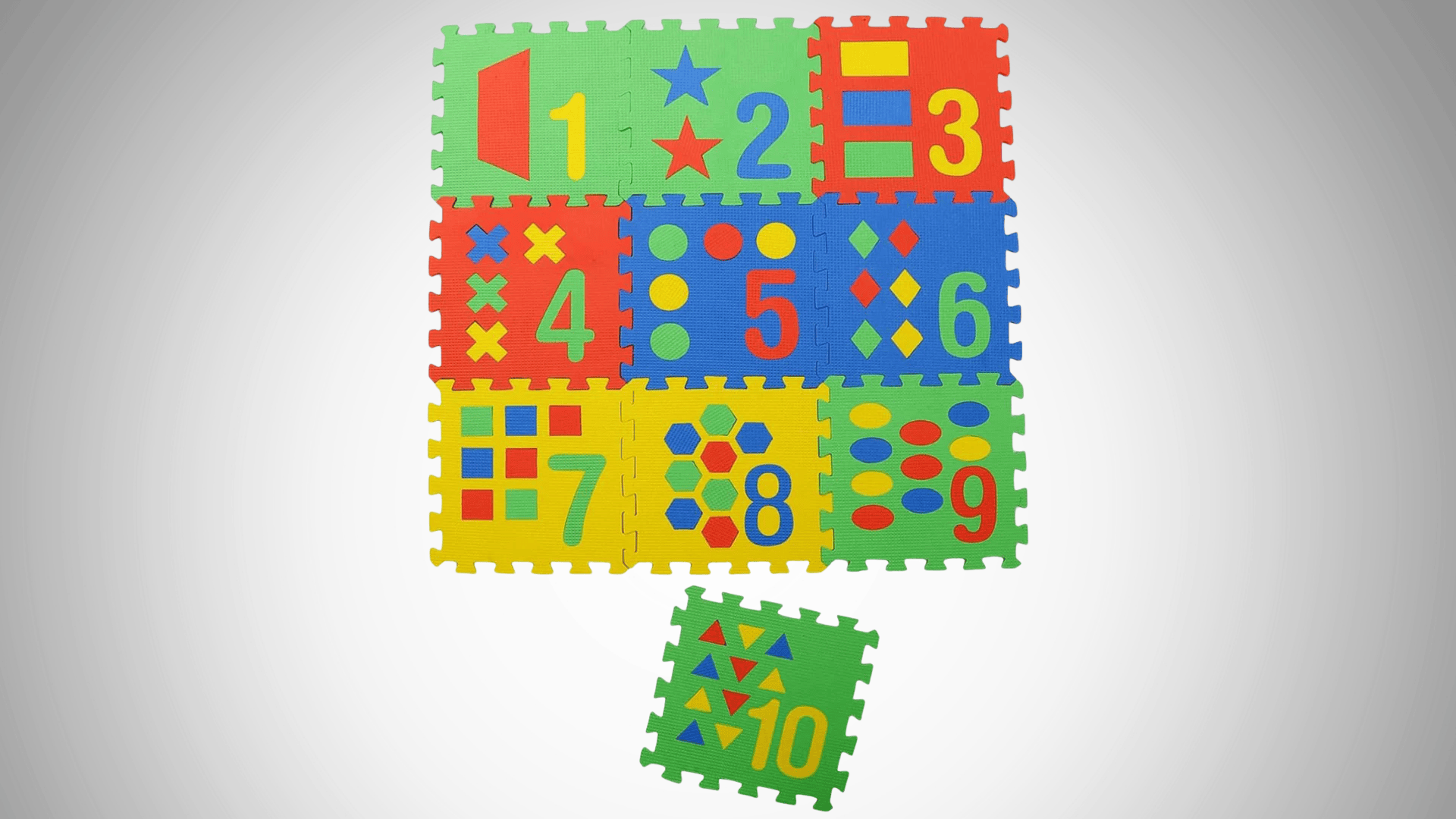
Foam puzzles are soft, colorful, and safe for younger toddlers. The pieces are big and light, so they’re easy to handle and don’t hurt if tossed around.
Some foam puzzles even double as playmats. Kids get to work on their coordination while enjoying the different textures. Plus, they’re easy to wipe down, which is always a bonus for parents.
6. Frame Puzzles
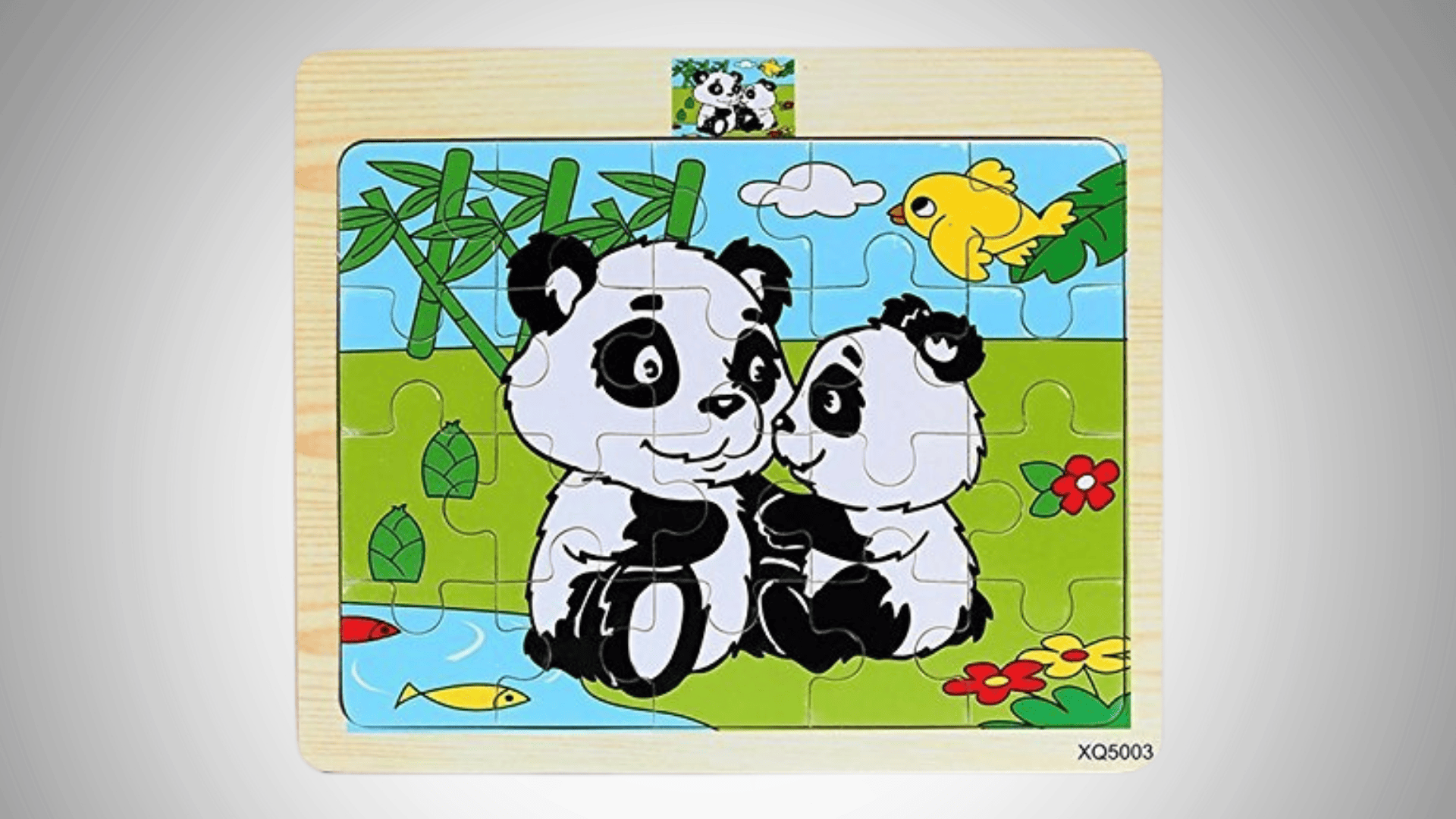
Frame puzzles are like beginner jigsaws. Each piece fits inside a border, giving toddlers a guide to follow. They’re great for introducing problem-solving without being too tricky.
Most come with simple themes like letters, animals, or vehicles, so kids learn while they play. Frame puzzles give toddlers a little taste of jigsaws while still keeping it fun and manageable.
7. Floor Puzzles
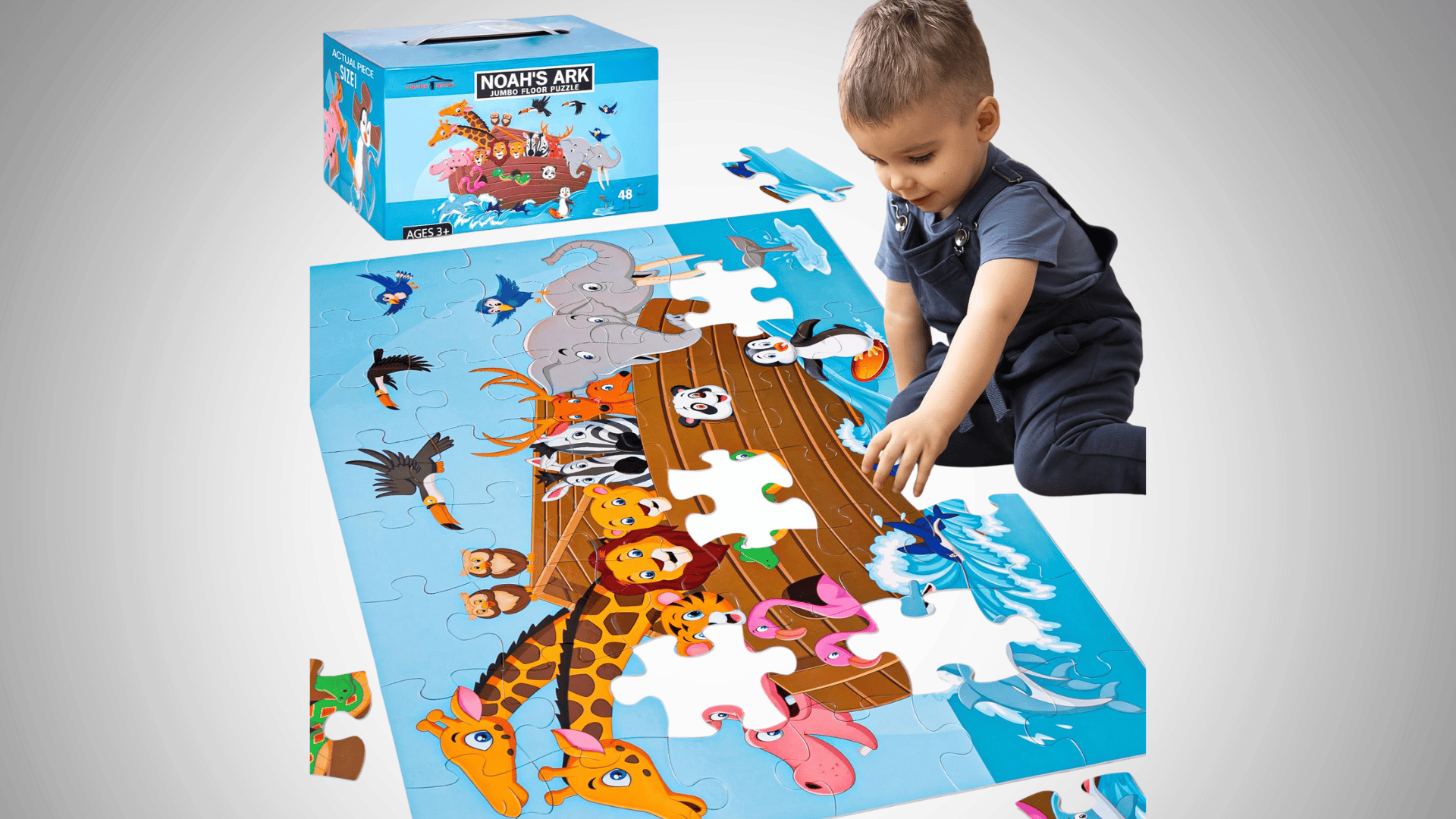
Floor puzzles are oversized and meant to be spread out on the ground. Toddlers love them because they’re bright, bold, and feel like a big project.
The large pieces are easy to move around, and they encourage teamwork if siblings or friends join in. Building something so big gives kids a sense of pride, and parents often enjoy getting down on the floor to play along.
8. Picture Puzzles
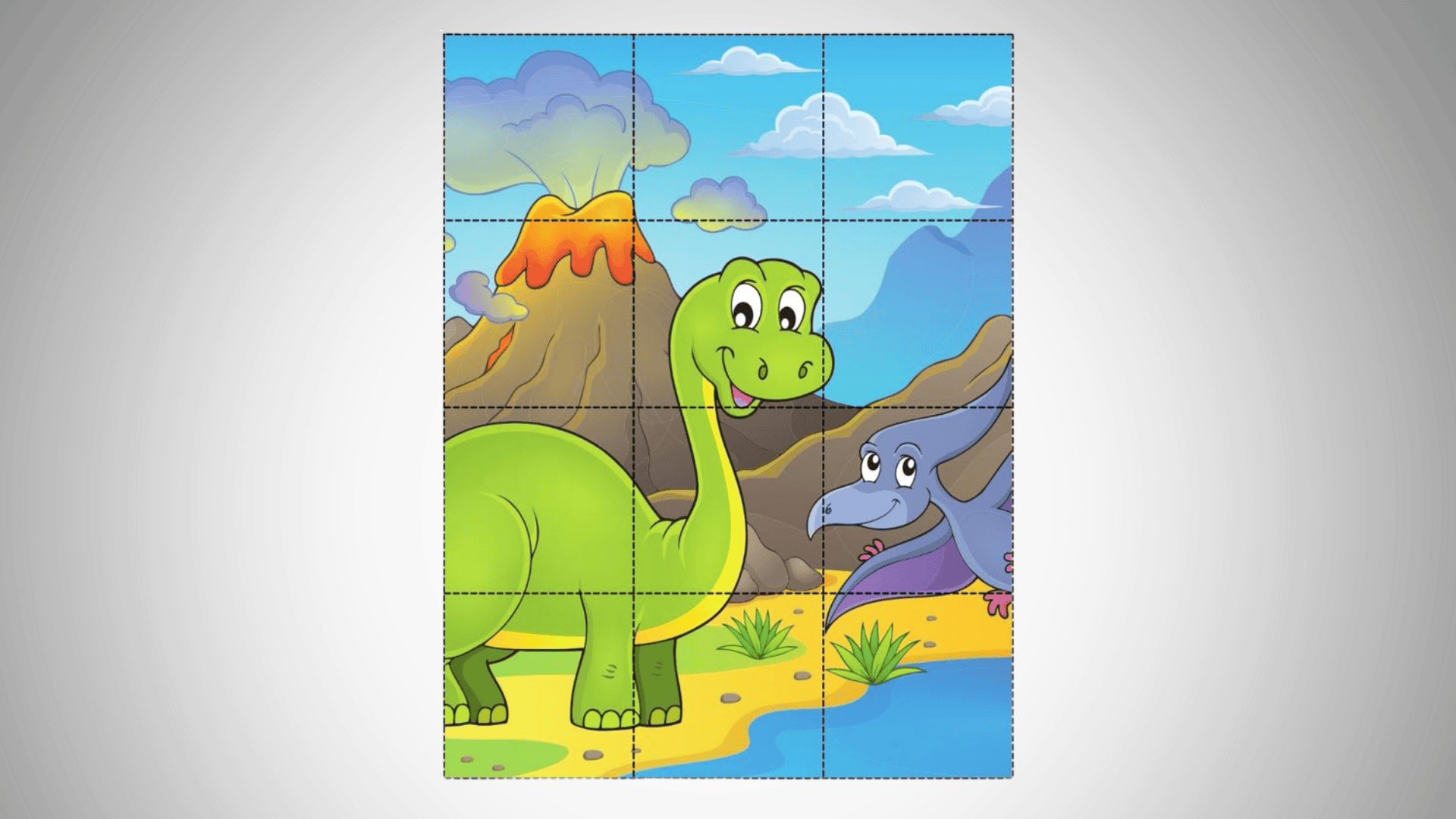
Picture puzzles focus on familiar images like animals, food, or everyday scenes. They’re great for sparking conversation and storytelling, since kids love to talk about what they see.
These puzzles help with memory and recognition while also boosting vocabulary. Toddlers enjoy them because the images feel familiar, and parents like them for the mix of fun and learning.
9. Jigsaw Puzzles

Jigsaw puzzles are a step up in challenge. With 12–24 pieces, they make toddlers think carefully about how each piece fits. Jigsaws build patience, persistence, and problem-solving skills.
Starting with simple themes keeps kids interested, and as they get older, you can move to more detailed puzzles. It’s a nice way to prepare them for school skills like focus and sequencing.
10. Maze Puzzles

Maze puzzles involve moving a piece along a track or tracing a path to reach the end. They’re engaging because toddlers feel like they’re on a little adventure.
These puzzles teach planning and logical thinking while strengthening hand-eye coordination. If your child loves figuring things out, maze puzzles can keep them busy and give them a real sense of accomplishment.
11. Pattern Block Puzzles
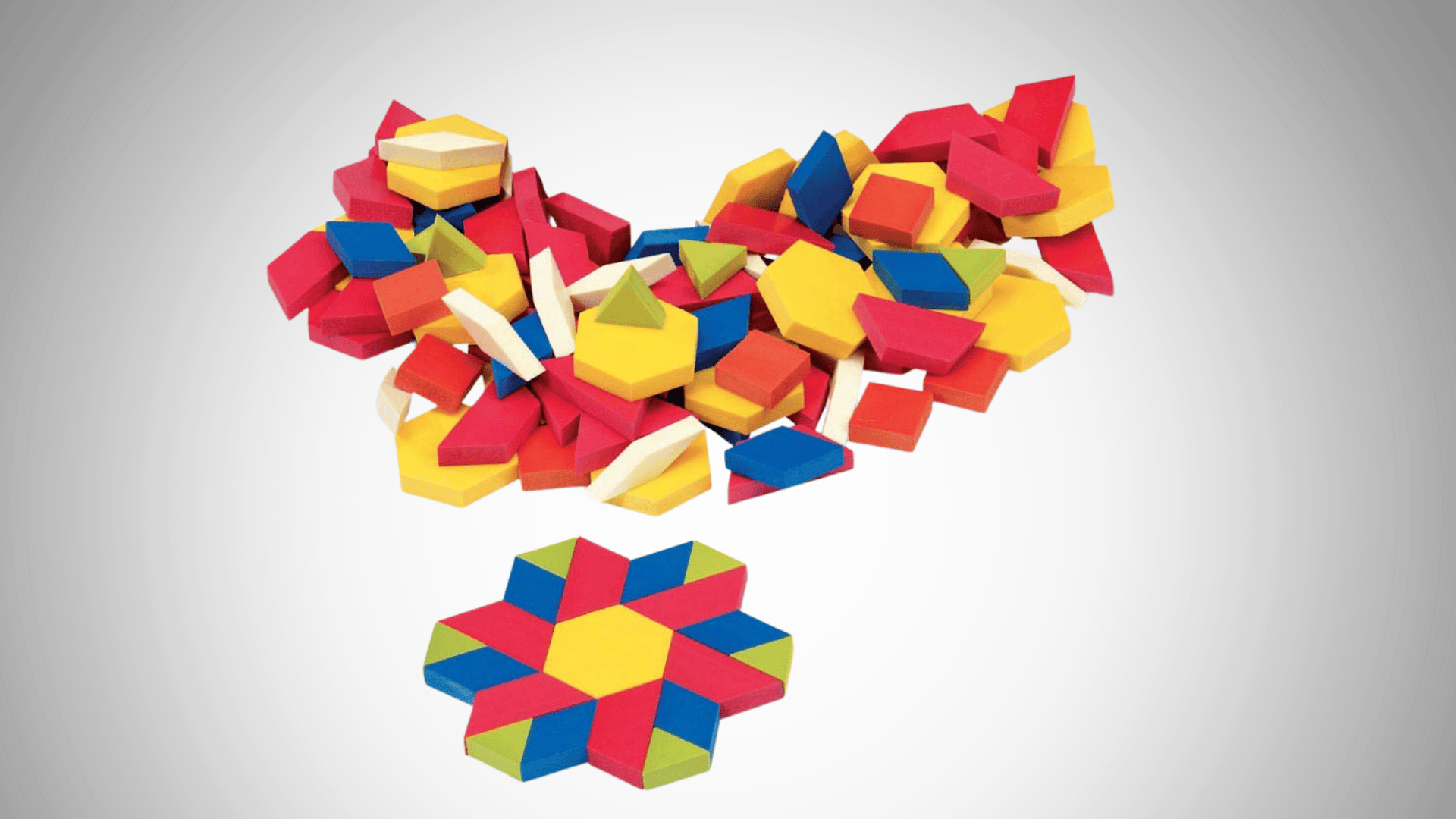
Pattern block puzzles use shapes like triangles, squares, and hexagons to form pictures or designs. They let toddlers be creative while also sneaking in some early math skills.
Kids learn about colors, patterns, and even symmetry while arranging the pieces. The best part is that they can also make up their own designs, which keeps the play open-ended and fun.
Puzzles come in all shapes and sizes, but each one gives toddlers a chance to learn through play. Mixing different types keeps things fresh and helps kids build a wide range of skills.
Age-by-Age Guide to Puzzle Piece Counts
The right puzzle size depends on your child’s age and attention span. Starting small and slowly moving up in piece count helps build confidence without frustration:
| Age Range | Puzzle Types | Piece Count | Skills Supported |
|---|---|---|---|
| 1–2 years | Knob puzzles, shape sorters | 2–6 large pieces | Hand-eye coordination, basic shape recognition, and early success without frustration |
| 2–3 years | Peg puzzles, small floor puzzles | 6–12 pieces | Grip strength, coordination, and early problem-solving through simple play |
| 3–4 years | Small jigsaw puzzles, themed/character puzzles | 12–24 pieces | Patience, focus, logical thinking, and early storytelling connections |
| 4–5 years | Larger jigsaws, detailed picture puzzles | 24–48 pieces | Observation, planning ahead, and creative storytelling while solving |
| 5+ years | Jigsaws, advanced picture or floor puzzles | 50–100+ pieces | Focus, strategy, persistence, confidence, and school-ready problem-solving |
Choosing puzzles that match your child’s stage keeps play fun while steadily building new skills. It’s all about giving just enough challenge to keep them learning without frustration.
How to Choose the Right Puzzle for Your Toddler
Picking the right puzzle isn’t just about fun; it’s about making sure it matches your toddler’s age, safety, and stage of learning. Here are the main things to look for:
- Age Appropriateness: Match puzzles to your toddler’s stage. Start with knob or chunky puzzles for beginners, then move to jigsaws with more pieces as focus and problem-solving improve.
- Piece Size and Safety: Choose large, sturdy pieces that are easy to hold. Avoid small or loose parts that can be choking hazards. Always check the age recommendations on the box.
- Materials: Wooden puzzles are durable, foam puzzles are soft and safe for floor play, and plastic puzzles are lightweight but less sturdy. Pick non-toxic finishes for safety.
- Budget vs Premium Picks: Budget puzzles are effective for everyday play. Premium puzzles offer better durability and detail. Use both depending on how often your child will play.
The right puzzle should be safe, age-appropriate, and fun while fitting your budget. When you choose puzzles with care, your toddler learns and enjoys playtime without stress.
Best Puzzle Brands for Toddlers
Parents often seek out brands they can trust when purchasing puzzles. Here are some reliable names that balance safety, durability, and fun:
- Melissa & Doug: Known for classic wooden puzzles in many themes. Affordable, widely available, and sturdy enough for daily play.
- HABA USA: Focuses on durability and early education. Their puzzles are thoughtfully designed to promote problem-solving and learning.
- Lovevery: Offers Montessori-inspired puzzles as part of stage-based play kits. Premium pricing but tailored to developmental milestones.
- Becker’s & Quokka: Popular in classrooms and homes. Their puzzles are colorful, engaging, and designed for group-friendly play.
Budget vs. Premium Puzzles
Choosing between budget and premium puzzles depends on your goals and how often your child plays.
| Category | Budget Options | Premium Options |
|---|---|---|
| Price | $10–$20 per puzzle | $30–$80 per kit |
| Brands | Melissa & Doug, Quokka | Lovevery, HABA USA |
| Durability | Good for everyday play | Long-lasting, classroom, or heirloom quality |
| Focus | Fun, variety, affordability | Developmental, Montessori-aligned, educational depth |
When choosing a brand, think about how often your toddler will use the puzzles. Budget options offer a great variety, while premium picks are designed to last and grow with your child.
Fun Ways to Use Puzzles in Play
Puzzles don’t just have to be about fitting pieces together. With a little creativity, you can transform them into engaging learning activities that keep toddlers entertained:
- Storytelling with Picture Puzzles: Use animal, object, or scene puzzles to spark simple stories. Ask your toddler to describe what’s happening in the picture, helping build vocabulary and imagination.
- Sorting by Colors and Shapes: Encourage kids to group puzzle pieces by color or shape before solving. This adds an extra step for practicing recognition and organization skills.
- Montessori-Inspired Puzzle Trays: Present puzzles on simple trays or mats. This keeps play focused and teaches toddlers to finish one activity before moving on to another.
- Family Puzzle Time: Use large floor puzzles for group play. It encourages teamwork, communication, and patience while letting kids enjoy playtime with siblings or parents.
Adding variety to puzzle play keeps things fresh. These simple ideas turn puzzles into more than just a toy; they become a way to learn, connect, and have fun together.
Wrapping Up
I know as a parent, it can feel overwhelming to figure out what’s right for your little one. But puzzles make it simple; they’re playful, safe, and build real skills step by step.
You’ve seen how different types of puzzles for toddlers support growth, from fine motor practice to early problem-solving.
The key is choosing puzzles that match your child’s stage so learning stays fun, not frustrating.
If you keep variety in the mix, you’ll both enjoy puzzle time as more than just play; it becomes a way to connect, grow, and celebrate small wins together.
Next time you shop for a toy, make it a puzzle; you’ll thank yourself later!

